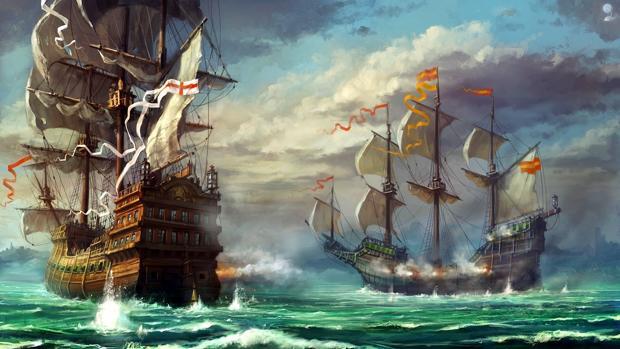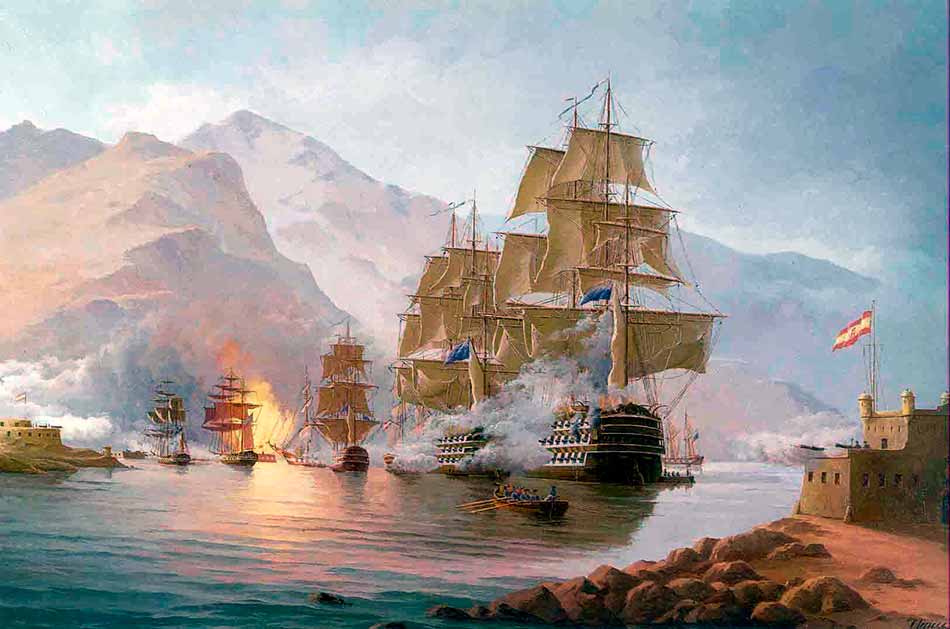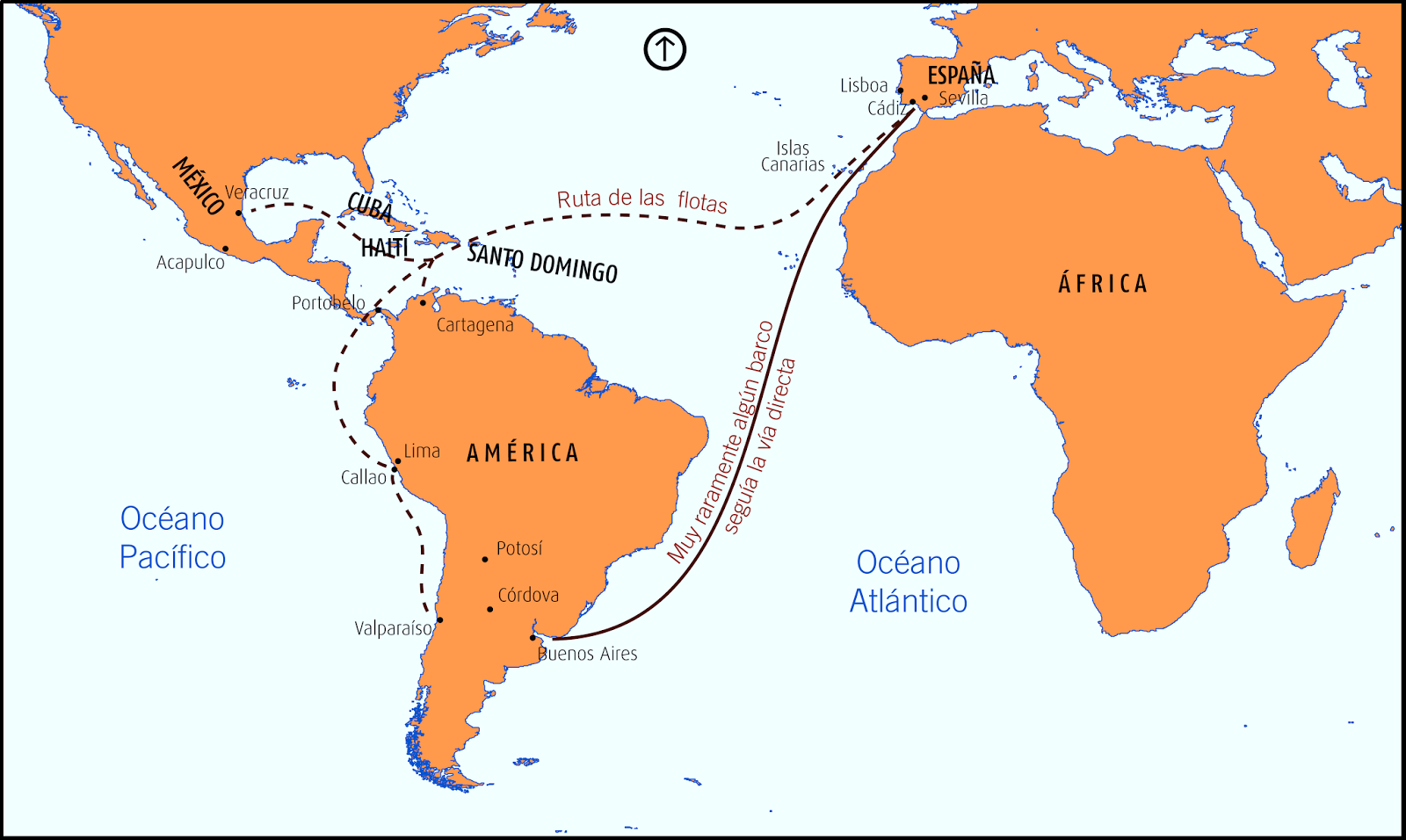Nestled in the Atlantic Ocean, the Canary Islands have always held a special place in maritime history. Following their conquest, these islands played a pivotal role in the advent of new trade routes and significant historical events. The strategically located archipelago became a crucial link between the Old World and the New World, facilitating commerce and cultural exchange. Additionally, the islands' temperate climate provided an ideal environment for acclimating exotic plants, which boosted local agriculture and economy. However, this prosperity also attracted the attention of dreaded corsairs and pirates, making the Canary Islands a site of numerous historical confrontations.

The Strategic Importance of Canary Ports
Since the 16th century, the ports of the Canary Islands have been notably popular. What is now a haven for recreational boats and transatlantic sailboats was once a bustling hub for majestic ships embarking on lengthy voyages to the newly discovered Americas. These journeys, lasting up to eight months, required stops at the Canary Islands for essential supplies and trade, making these ports indispensable for many fleets. This era brought not only the first exotic crops and Flemish art but also the terrifying shadow of pirate fleets.
The Sugarcane Boom: A Catalyst for Economic Prosperity
The history of the Canary Islands is deeply rooted in agriculture. The indigenous barley still grown in Gran Canaria and the orchilla lichen, gathered by the earliest explorers, symbolise the islands' long-standing agricultural heritage. However, it was sugarcane that truly revolutionised the economy. Brought by the conquerors, sugarcane plantations spanned vast areas across La Palma, La Gomera, Gran Canaria, and Tenerife due to their capacity to meet the high water demands and provide ample wood for the sugar mills. These plantations flourished in large part because of the European elites' high demand for sugar, transforming the Canary Islands into a significant exporter.
The large-scale cultivation of sugarcane, however, came with a cost. Extensive deforestation and land clearances, especially in Gran Canaria, led to the near-eradication of the once-expansive Doramas Jungle. Today, only about 1% of this lush forest remains. Nevertheless, sugarcane cultivation persists, particularly in La Palma and Gran Canaria, thanks to the dedication of local farmers.
The Botanical Garden of La Orotava: Europe's First Home for Many Exotic Plants
The busy traffic of ships from the Americas allowed the Spanish Crown to amass a significant collection of exotic seeds and plants from the New World and Asia. Realising the limitations imposed by the cold European winters on these plants, King Charles III issued a Royal Decree to create the Botanical Garden of La Orotava in Tenerife in the late 18th century. Known today as the Botanical Garden of Puerto de la Cruz, this establishment is Spain's second-oldest botanical garden.
In 1788, the first coffee plants were introduced to this garden. After successfully acclimating, many were replanted in the Agaete Valley in Gran Canaria, which remains the only place in Spain still cultivating coffee. This transition further highlights the significant role of the Canary Islands in agricultural experimentation. Besides coffee, other staples like maize and potatoes found their European home in the Canary Islands, becoming essential ingredients in local cuisine. One signature dish, "papa arrugada" (wrinkled potatoes), is made from an ancient variety of potatoes that enjoys protected designation of origin status.

Pirates and Corsairs: The Dark Side of Prosperity
While trade and agriculture brought wealth to the Canary Islands, they also attracted significant threats. Pirate fleets soon set their sights on the archipelago, seeking valuable plunder. Among the infamous attackers was the Dutch corsair Pieter Van der Does, who in 1599 led a formidable fleet of 76 ships and 12,000 men that culminated in the sacking and burning of Las Palmas de Gran Canaria, then home to a mere 5,000 residents.
The archipelago also faced assaults from Berber pirates like Xabán Arrez, French pirates such as Jean Fleury and François Le Clerc (known as Peg Leg), and numerous British corsairs. To combat this menace, the Spanish Crown hired local pirates like Amaro Pargo and commissioned engineers to fortify the islands. King Philip II enlisted the Italian engineer Leonardo Torriani to assess and enhance the archipelago's defences, resulting in the construction of numerous towers and castles.
Notable fortifications include:
-
Castillo de San Miguel and Torre de San Andrés in Tenerife
-
Torre del Águila in Lanzarote
-
Castillo de Santa Catalina in La Palma
-
Torreón de San Pedro Mártir in Gran Canaria
-
Castillos de El Cotillo and Caleta de Fuste in Fuerteventura
These robust structures, many of which have survived to the present day, form a poignant testament to the islands' turbulent past during the age of piracy.
The Flemish Influence and the Dawn of Canarian Migrations
The allure of the Canary Islands reached wealthy Flemish traders, who saw tremendous opportunity in the burgeoning agricultural sector. Their influence was particularly evident in La Palma, where the arrival of Flemish settlers led to unparalleled cultural growth. Santa Cruz de La Palma, with its direct connection to Flanders, saw its churches adorned with exquisite Flemish art, some of which survives to this day.
While new settlers flowed in, many Canarians left in pursuit of opportunities in the newly discovered Americas. Pioneers from the Canary Islands helped establish cities such as Montevideo and San Antonio, Texas, contributing to the rich historical tapestry of the New World.

Beyond Trade Routes and Piracy: A Treasure Trove of History
Beyond trade and piracy, the Canary Islands offer a fascinating array of historical narratives. From the lifestyles of indigenous islanders to the centuries-long influence of the British, the archipelago is a treasure trove of captivating stories. Wander through the charming historic quarters, explore ancient fortresses, and savour the unique flavours of Canarian cuisine to truly appreciate the islands' diverse cultural heritage.
Whether you are drawn to the stunning beaches, the lush natural landscapes, or the intriguing historical sites, the Canary Islands promise an enriching travel experience steeped in history and tradition. So take a step back in time, and embark on a journey through the vibrant and storied past of this unique archipelago.